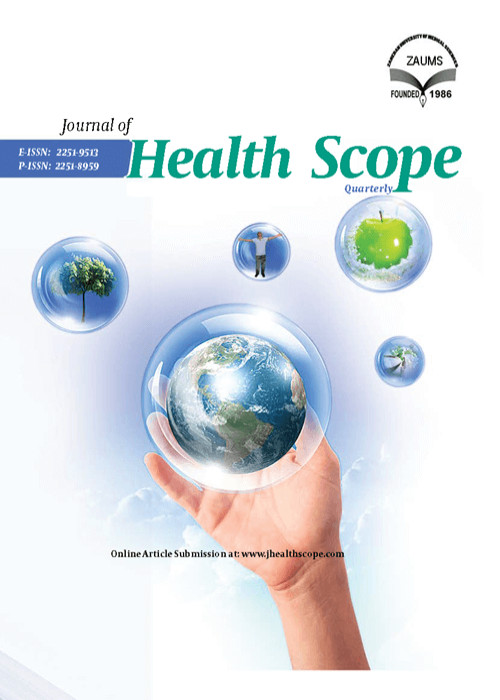Towards Reforming Health Provider Payment Methods: Evidence from Iran
Author(s):
Abstract:
Background
Equity of access to health and provider payment mechanism in healthcare is a worldwide debated. Healthcare reforms are primarily designed to improve productivity, economic efficiency and quality of care; however, an appropriate reimbursement of healthcare providers for services offered to patients and marinating a robust payment mechanism are not elucidated yet.Objectives
The current study aimed to develop a potential model of provider payment mechanism within and across different levels of healthcare delivery system in Iran.Methods
A three-stage, qualitative approach was carried out in 2013 to complete the study. In the first stage, a range of databases were used to extract evidence-informed literature pertinent to provider payment methods from 1990 to 2015, and to develop an interview guide. A purposive sample of 15 key healthcare executives was then selected to explore the provider payment mechanism in the Iranian healthcare system through semi-structured interviews and focused group discussions. A preliminary model of provider payment was developed, which subsequently scrutinized by using experts opinions through Delphi technique. Narrative analysis was used to analyze the data.Results
A hybrid model of provider payment was developed for various levels of healthcare provision. The model suggested the adjusted capitation payment method as the best possible payment method for the first level of healthcare delivery. A combination of diagnosis-related group (DRG) and pay-for-performance methods was proposed for the secondary and tertiary services across the country especially for in-patient care. Fee-for-service (FFS) payment method suited for out-patient services than other methods.Conclusions
No single payment method was emerged as the best predictor to accurately and fairly determine the providers payment, and to serve patients needs in all situations. A range of payment methods are required to be in place to tackle challenges faced by patients, providers, insurance companies and policy-makers.Keywords:
Language:
English
Published:
Journal of Health Scope, Volume:6 Issue: 1, Feb 2017
Page:
4
magiran.com/p1675936
دانلود و مطالعه متن این مقاله با یکی از روشهای زیر امکان پذیر است:
اشتراک شخصی
با عضویت و پرداخت آنلاین حق اشتراک یکساله به مبلغ 1,390,000ريال میتوانید 70 عنوان مطلب دانلود کنید!
اشتراک سازمانی
به کتابخانه دانشگاه یا محل کار خود پیشنهاد کنید تا اشتراک سازمانی این پایگاه را برای دسترسی نامحدود همه کاربران به متن مطالب تهیه نمایند!
توجه!
- حق عضویت دریافتی صرف حمایت از نشریات عضو و نگهداری، تکمیل و توسعه مگیران میشود.
- پرداخت حق اشتراک و دانلود مقالات اجازه بازنشر آن در سایر رسانههای چاپی و دیجیتال را به کاربر نمیدهد.
دسترسی سراسری کاربران دانشگاه پیام نور!
اعضای هیئت علمی و دانشجویان دانشگاه پیام نور در سراسر کشور، در صورت ثبت نام با ایمیل دانشگاهی، تا پایان فروردین ماه 1403 به مقالات سایت دسترسی خواهند داشت!
In order to view content subscription is required
Personal subscription
Subscribe magiran.com for 70 € euros via PayPal and download 70 articles during a year.
Organization subscription
Please contact us to subscribe your university or library for unlimited access!


